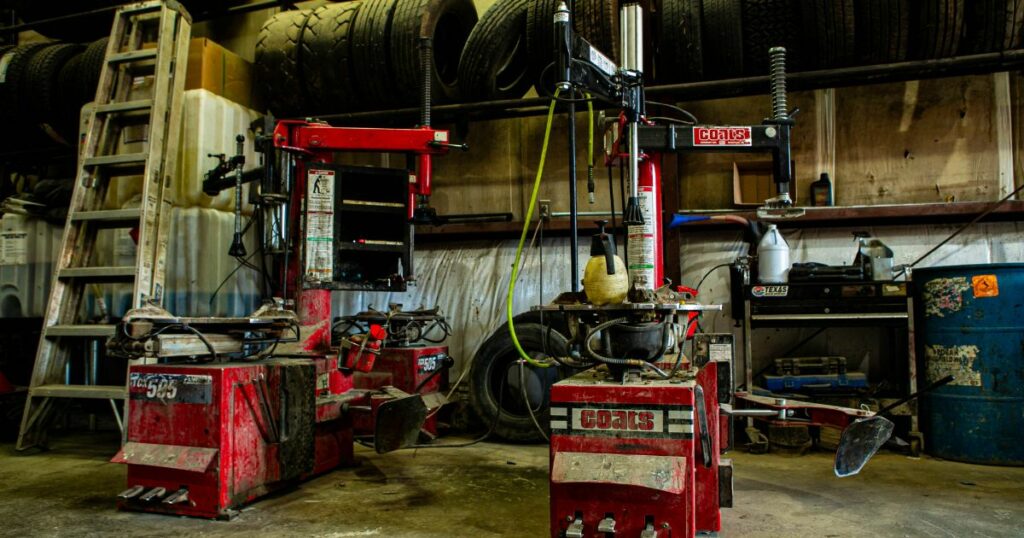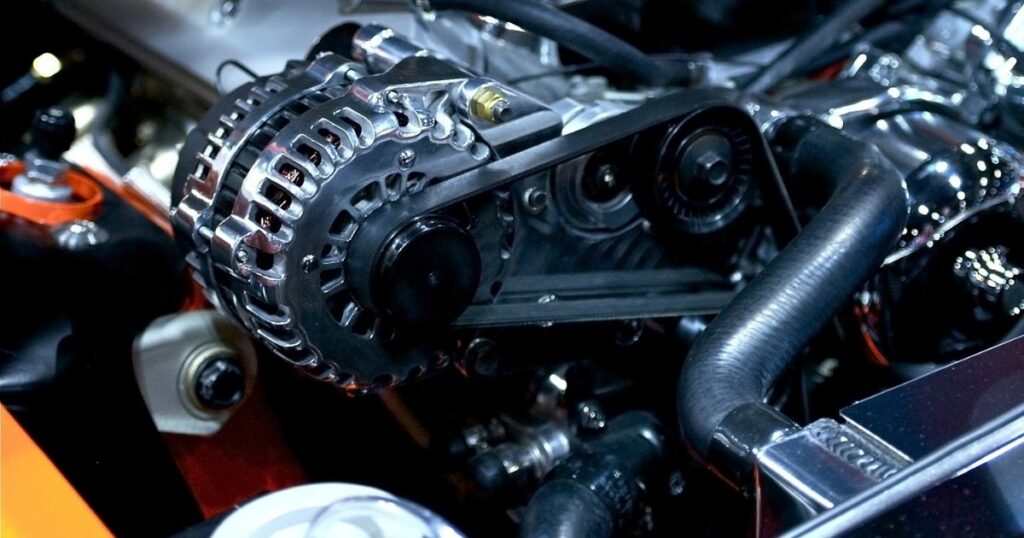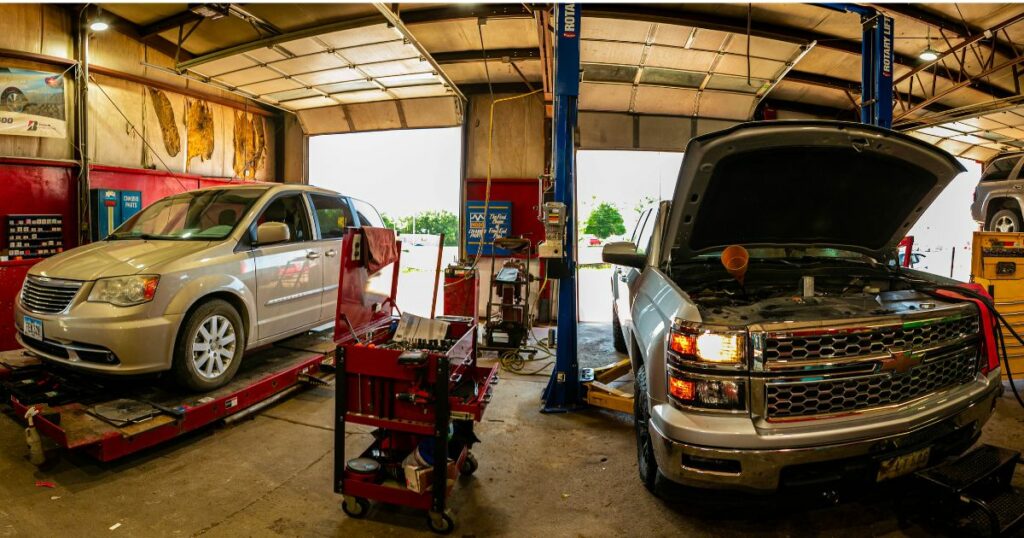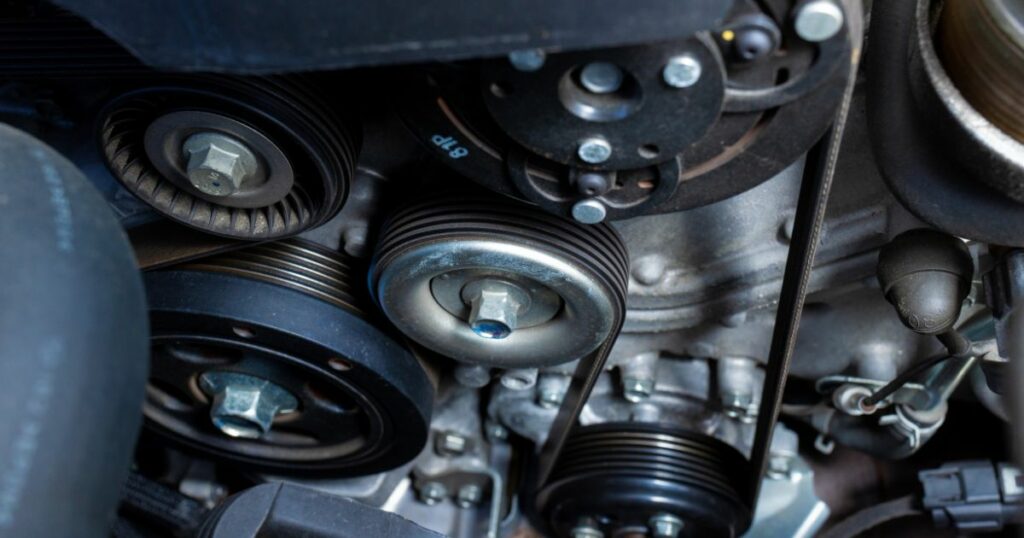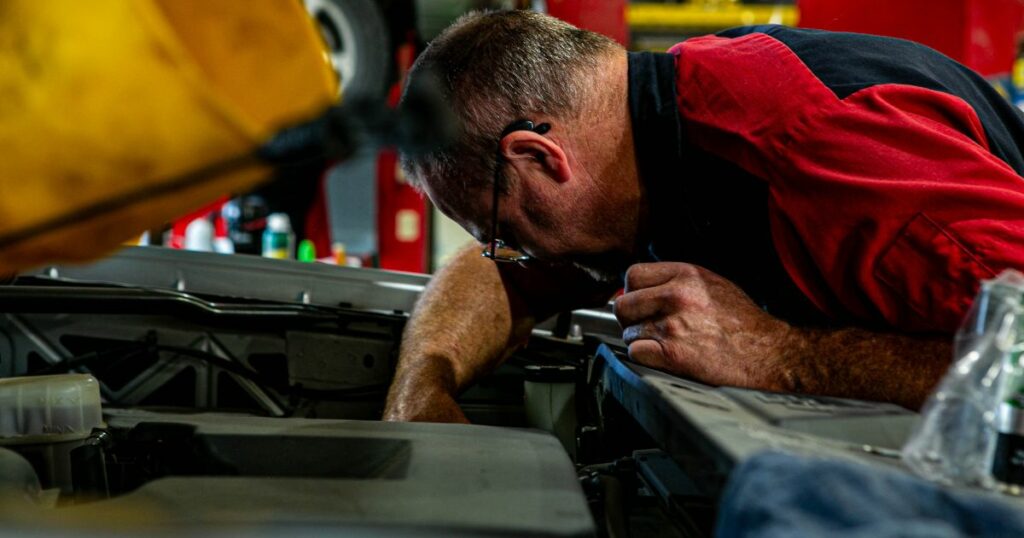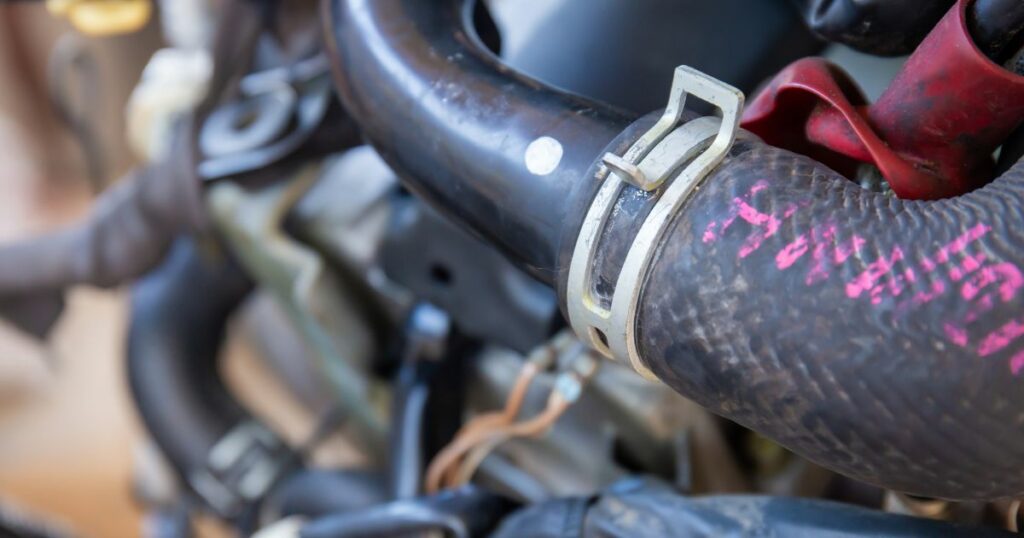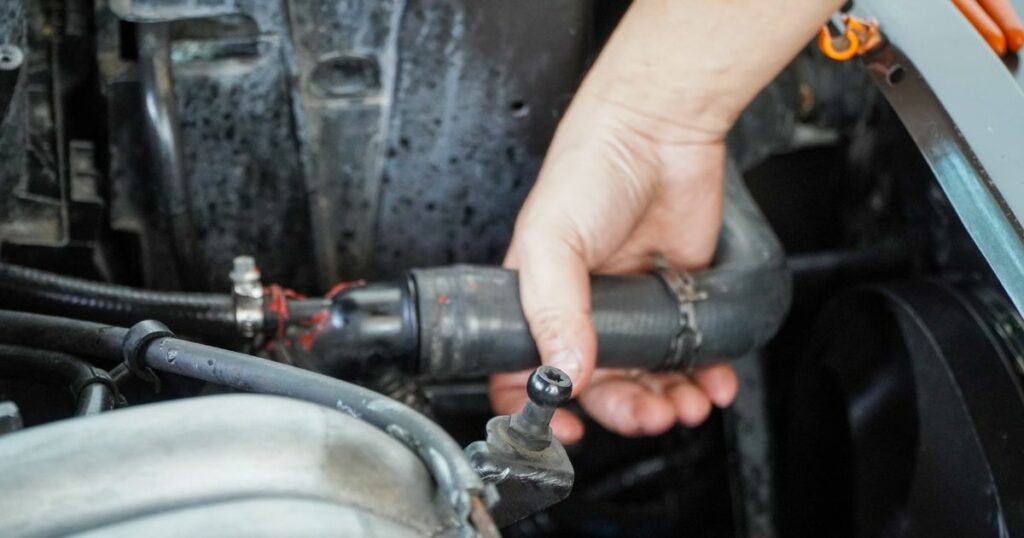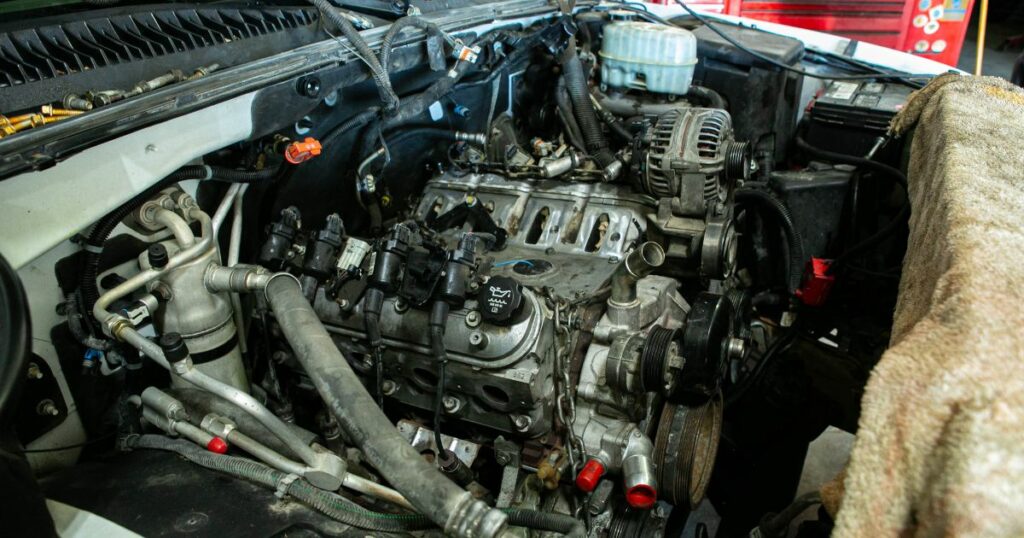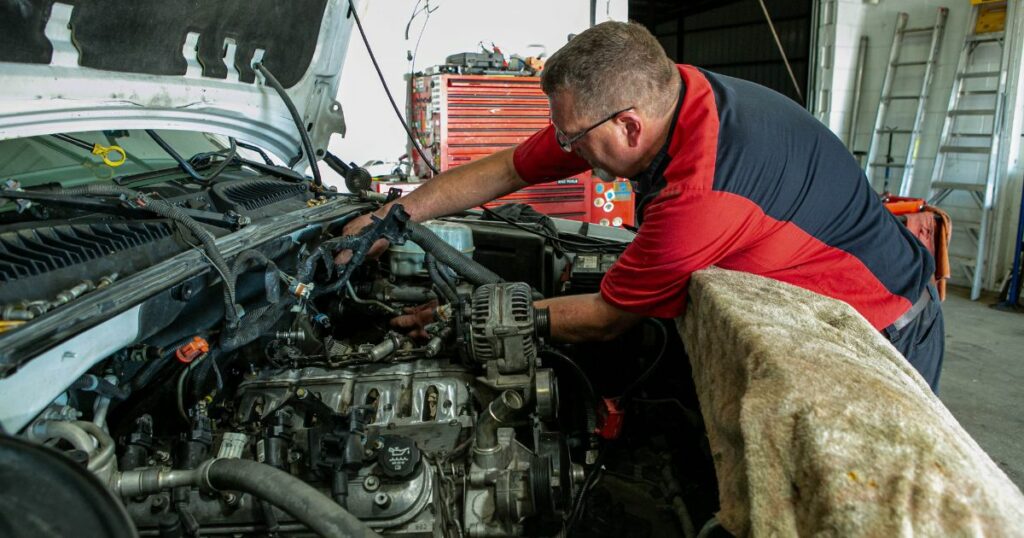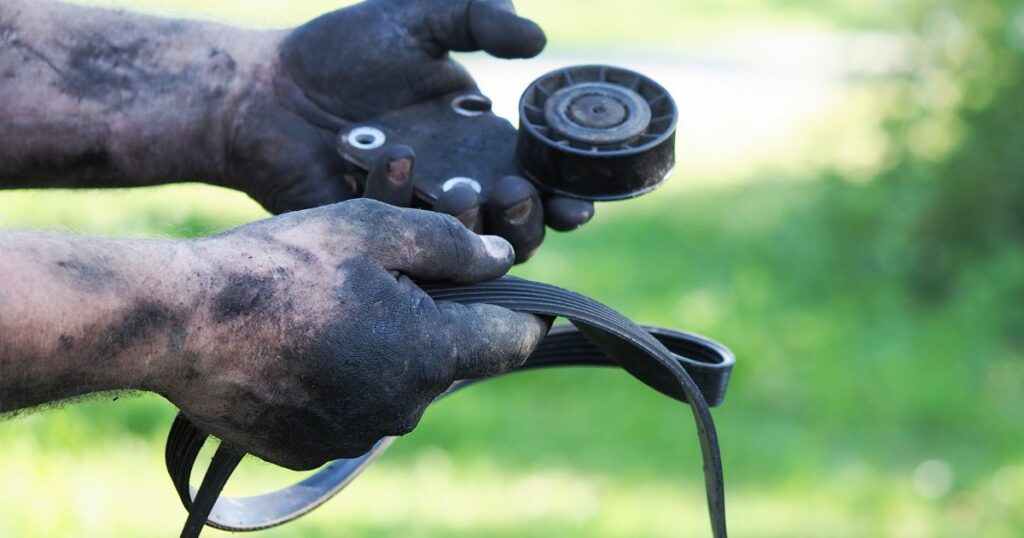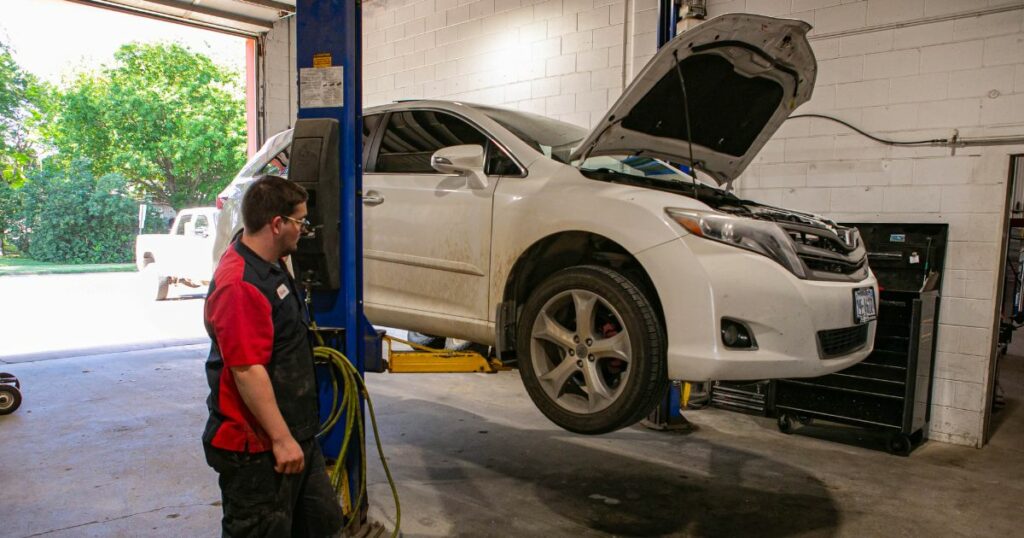What is a Timing Belt Replacement so Important?
The timing belt — or timing chain in some vehicles — is a drive belt that harmonizes the rotation of the engine’s crankshaft and camshaft with your engine’s valves’ opening and closing.
In other words, it’s like the conductor of the orchestra that is your car’s engine.
The symphony of intake, compression, combustion, and exhaust phases all rely on this unsung hero to run smoothly and efficiently.
Timing Belt Replacement at Country Tire
Picture this. You’re cruising down the highway, the wind in your hair, your favorite tune playing on the radio, when suddenly, the harmony grinds to a halt. Your engine fails, and you’re stranded on the side of the road. This is what can happen if your timing belt breaks while you’re driving.
Regular replacement of your timing belt is an essential preventative measure that helps you avoid such unpleasant and potentially costly scenarios.
Country Tire’s expert mechanics are here to ensure your engine performs as it should, and you stay safe on the road.
If you notice rough idling, difficulty starting the engine, or visible cracks on the belt, it might be time for a replacement. Remember, prevention is better than cure!

A Little Something Extra to Your Timing Belt Replacement
As part of our customer-first philosophy, we believe in offering you the best value for your service.
As such, we recommend having your water pump changed during a timing belt replacement.
Although it’s not mandatory, this can save you potential future troubles and costs.
It’s easy to change the water pump during a timing belt replacement, and it can prevent severe damage if your water pump fails later.
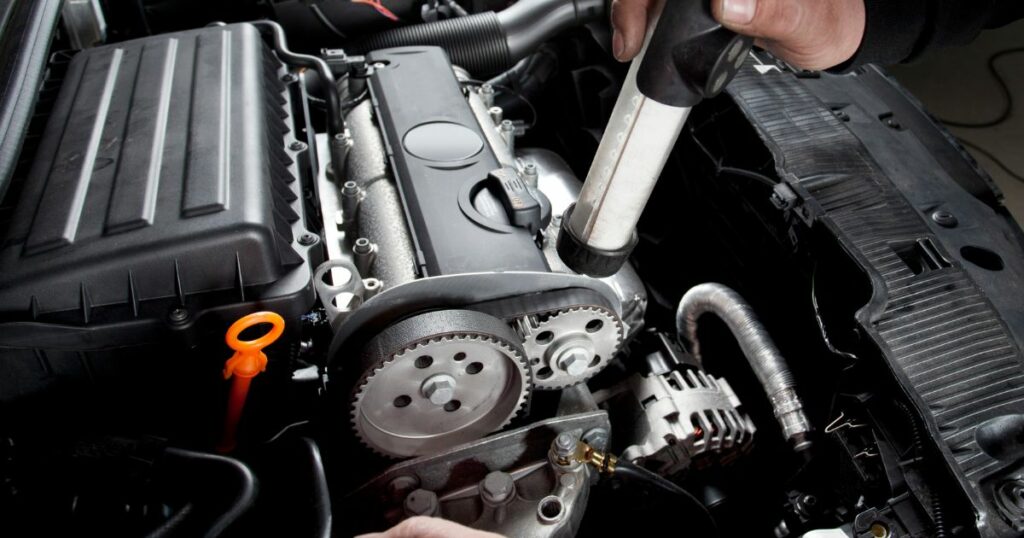
Ready to Keep Your Engine Running Smoothly?
So there you have it! The timing belt might not be a part you often think about, but its function is vital. Neglecting its health can lead to severe damage and expense.
With Country Tire Automotive, you’re not just getting a timing belt replacement; you’re getting peace of mind.
You’re choosing expert mechanics who have your best interests at heart. You’re opting for preventative maintenance that keeps you safe and your car running smoothly.
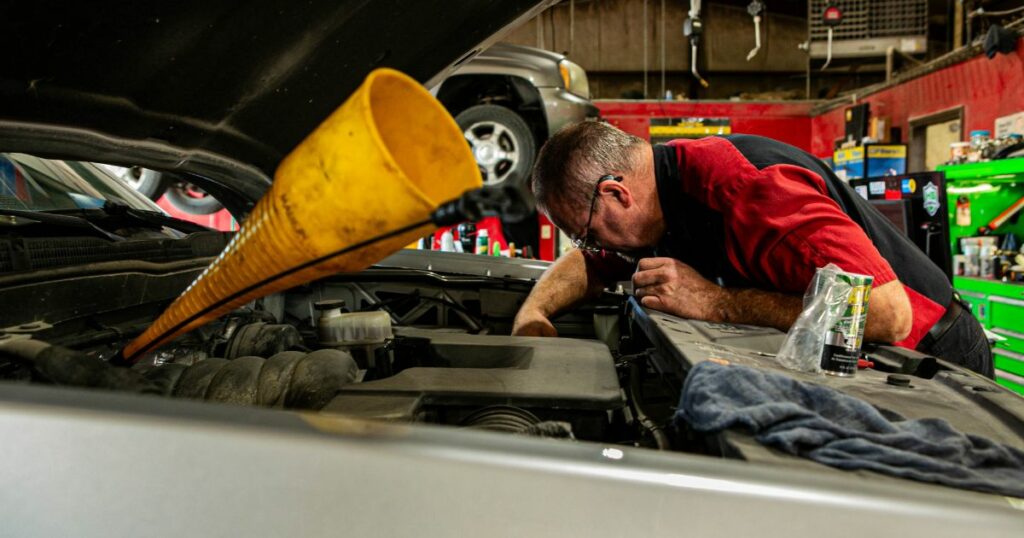
Contact Country Tire for Timing Belt Replacement
Don’t wait until it’s too late. Invest in the health of your engine today. Schedule your timing belt replacement with us.
We look forward to keeping your vehicle in top-notch condition!
Remember, we proudly service the Timing Belt Replacement needs of customers in Blair, NE, Shenandoah, IA, Glenwood, IA, and surrounding areas. Let us help you take care of your automotive needs!

Frequently Asked Questions About Timing Belt Replacement
At Country Tire Automotive, we believe that informed customers make the best decisions for their vehicles.
To assist you further, we’ve compiled a list of frequently asked questions that we often receive from our customers at Country Tire Automotive.
1. What is a timing belt?
A timing belt is a reinforced rubber belt in your vehicle’s engine. It synchronizes the rotation of the engine’s crankshaft and camshaft with the opening and closing of your engine’s valves.
2. What does a timing belt do?
The timing belt ensures the engine operates efficiently and smoothly. It coordinates the engine’s various phases: intake, compression, combustion, and exhaust.
3. How often should a timing belt be replaced?
This depends on the make and model of your vehicle. However, it is common practice to replace the timing belt every 60,000 to 100,000 miles.
4. What are the signs of a failing timing belt?
Common signs include rough idling, difficulty starting the engine, and visible cracks on the timing belt.
5. What happens if my timing belt breaks while I’m driving?
A broken timing belt can cause the engine to shut down suddenly, leading to complete engine failure.
6. Why should I replace my water pump at the same time as my timing belt?
Replacing the water pump during a timing belt replacement is convenient and cost-effective. It also prevents potential future damage and expenses.
7. How long does it take to replace a timing belt?
At Country Tire Automotive, a typical timing belt replacement takes approximately 180 minutes.
8. Can I drive my vehicle with a damaged timing belt?
We advise against this as a damaged timing belt can lead to complete engine failure, which can be dangerous and expensive to fix.
9. Can I replace my timing belt myself?
While technically possible, it’s a complex task best left to professionals. Mistakes can lead to severe engine damage.
10. Where can I get my timing belt replaced?
You can schedule a timing belt replacement service with us at Country Tire Automotive. We serve customers in Blair, NE, Shenandoah, IA, Glenwood, IA, and surrounding areas.
We hope this answers some of your questions about timing belt replacement.
At Country Tire Automotive, our goal is to ensure your vehicle remains safe, efficient, and reliable.
Don’t wait until it’s too late, keep your engine running smoothly by scheduling an appointment with us today for a timing belt replacement
You and your vehicle deserve the best service.
